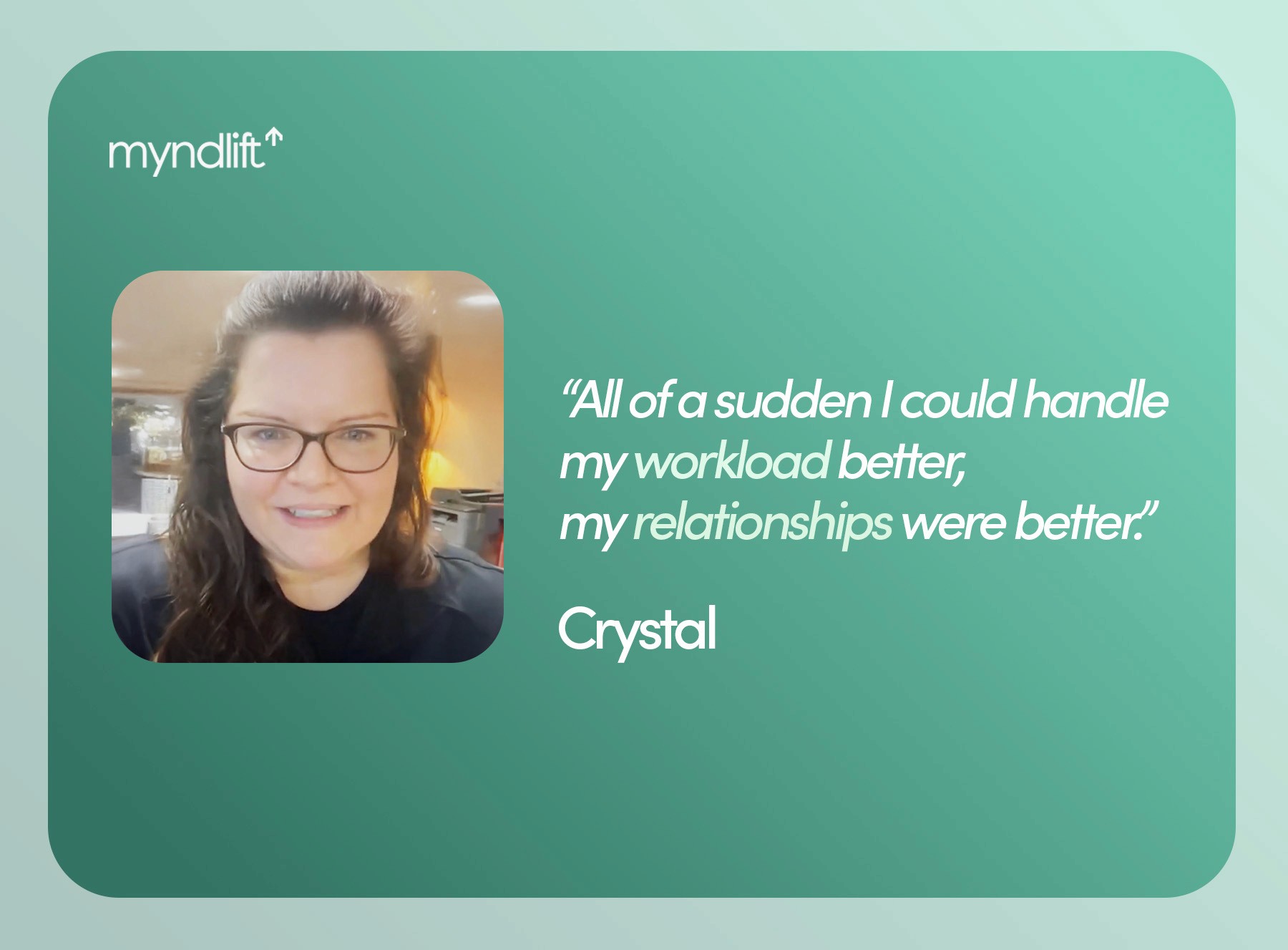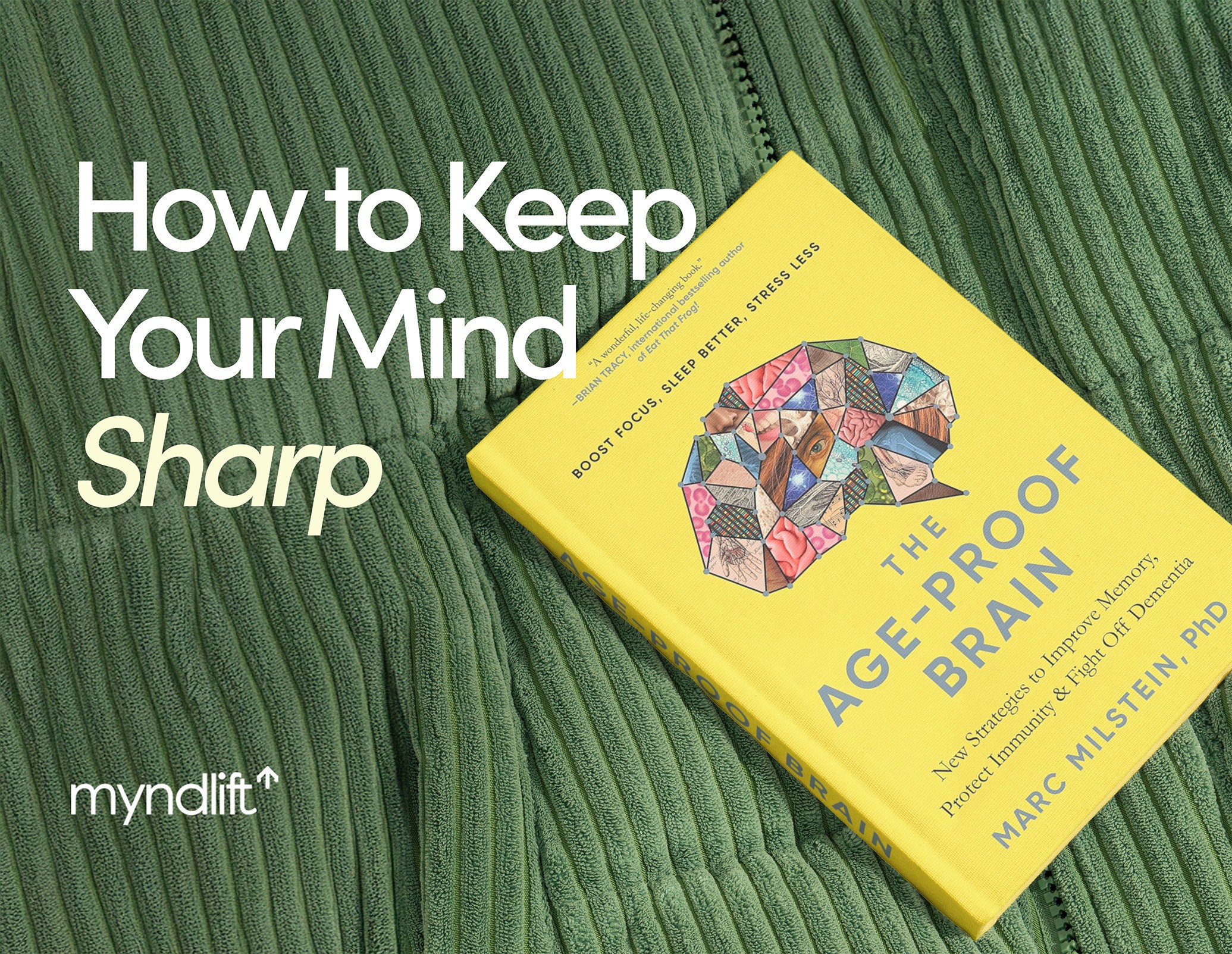You may think you’re just forgetful or easily distracted, and that may very well be the case. But sometimes, there’s more to absent-mindedness and losing focus than meets the eye.
Attention-deficit/hyperactivity disorder (ADHD) is a condition that causes trouble with paying attention, impaired time management skills, impulsive behavior, and emotional overwhelm.
However, it’s not as simple as that. There are three types of ADHD:
Predominantly inattentive ADHD involving difficulty sustaining attention, following detailed instructions, and organizing tasks and activities
Predominantly hyperactive-impulsive ADHD involving the need for constant movement, frequent fidgeting and squirming, and trouble staying seated
Combined ADHD involving symptoms related to both types
These three types of ADHD include different symptoms and manifestations, however, they do have one thing in common, and that’s the fact that ADHD is underdiagnosed in women.
In adolescents, 13% of males are diagnosed, while only 4.2% of females can say the same. This is not because women are less likely to have the condition but because they often go their whole lives without getting diagnosed for a variety of reasons.
For example, research shows that women tend to develop coping mechanisms that mask their symptoms, such as bottling up their emotions or internalizing their hyperactivity (e.g., they may experience anxiety because they’re not letting their energy manifest through a physical outlet).
If you think you or another woman you know may have ADHD, read on for the 15 symptoms to watch out for. However, keep in mind that this article does not serve diagnostic purposes. If you think you have ADHD, we strongly recommend you speak to your doctor or mental health professional.
Please note: ADHD symptoms vary from person to person. Not everyone will experience the same challenges and to the same degree.
Inattentive Symptoms
Inattentive ADHD may be more challenging to diagnose because it’s not as obvious as hyperactivity. Women who have this ADHD type might appear quiet and introverted, which means they don’t draw as much attention to themselves. As a result, their symptoms are less noticeable in social situations. Since girls and women are more likely to be inattentive than hyperactive, this might mean they are more likely to get diagnosed later in life or not at all.
Some of the most common inattentive symptoms women experience are:
Trouble focusing for longer periods of time. Struggling to concentrate in class or at work, which may result in daydreaming or absent-mindedness.
Getting distracted easily. Losing your train of thought during a conversation because something moved behind the person you’re looking at.
Poor organization. Forgetting appointments unless you write them down, losing or misplacing things because you’re not fully present or are overwhelmed by all your other day-to-day tasks.
Daydreaming. Escaping the real world and losing yourself in your imagination.
Indecision. Feeling overwhelmed by the decision at hand and taking a long time to choose, for instance in a restaurant.
Procrastination. Having difficulty initiating tasks or sustaining attention for a long time, which leads to putting off your responsibilities until the last minute.
What’s important to remember is that we may all exhibit these symptoms from time to time, especially when under stress. But if you have ADHD, it means these challenges occur on a regular basis and are disruptive to your daily life.
Hyperactive/Impulsive Symptoms
While hyperactive ADHD is more commonly diagnosed in men, it can still affect many women and girls – just in different ways.
According to research, hyperactive ADHD in women is complex and influenced by a variety of factors. For example, women are much less likely to externalize their hyperactivity, which means they are less disruptive within their environment (e.g., they don’t necessarily display physical aggression or excessive physical movement).
Their hyperactivity may translate into more subtle behavior, such as:
Fidgeting in ways that are socially acceptable. Experiencing the restless-leg syndrome, always playing with your necklace, a pencil, or anything else to keep yourself occupied, biting your nails.
Hypertalking. Talking excessively, interrupting others during a conversation, speaking before thinking your words through.
Crying easily. Feeling overwhelmed and bursting into tears as a result.
Impatience. Difficulty waiting your turn or waiting in lines.
Since these symptoms are more challenging to pinpoint than the highly disruptive behavior present in men, girls and women with ADHD often struggle in silence. What’s more, parents tend to underestimate the severity of hyperactive/impulsive symptoms in girls, which may lead them to develop coping behaviors (e.g., internalizing their ADHD) that they carry into adulthood.
Other Important Symptoms
New research has found that girls with ADHD experience higher levels of depression and impairment than boys, even though they exhibit fewer ADHD symptoms.
It is therefore not surprising that women with ADHD face the same predicament; in general, they are more susceptible to anxiety, depression, and other internalized conditions, while many men suffer from substance abuse, excessive physical movement, or having a short temper.
Here are five more ADHD symptoms in women to watch out for:
Emotional overwhelm. Middle-aged women with ADHD often report feeling emotionally overwhelmed and exhausted, something that is even more complicated when hormonal changes are added into the equation. While ADHD is often studied as a cognitive condition, emotional symptoms are just as important because you may experience emotional dysregulation (being unable to cope with your emotions effectively) at any age, and therefore succumb to your feelings easily.
Internalizing feelings and painful experiences. As mentioned above, women are more likely to experience a sense of inner hyperactivity or emotional overwhelm that gets pushed down. They may also remain silent after experiencing trauma or pain, which can be very isolating.
Anxiety and depression. These conditions often co-occur with ADHD. What’s more, if ADHD is disrupting your performance at work or your academic studies, you may feel overwhelmed, stressed, sad, or not up to the task, and suffer from anxiety or depression as a result.
Low self-esteem. Studies show that poor self-esteem is yet another female ADHD symptom, especially if your ADHD is undiagnosed. Since ADHD can impact your daily life, work performance, and personal relationships, it is common for women to be overly critical of themselves, feel ashamed, and lack confidence.
Struggles with social interaction. ADHD goes hand in hand with processing difficulties, which might make social interaction challenging. For example, you may misread social cues, struggle to follow quick chatter, and misunderstand jokes. Women with hyperactive/impulsive ADHD may also frequently interrupt others and say inappropriate or hurtful things. As a consequence, it’s possible to end up feeling rejected by your social groups or like you’re unable to keep up with social expectations.
Do You Think You May Have ADHD? Here’s What to Do Next
If the 15 symptoms outlined above sound familiar, the next step is to get officially diagnosed. While the specifics of the process can vary from country to country, consider speaking to your family doctor who can refer you to a specialist or talking to a psychologist.
Studies confirm there is a sense of relief and validation that comes with receiving an official diagnosis; one woman reported she had experienced “a huge sense of relief, this isn’t all my fault… the fact that you could see a reason for it and deal with it was tremendously helpful.”
Since other conditions may go hand in hand with ADHD, such as anxiety, depression, or bipolar disorder, it’s crucial to speak to your doctor or mental health professional to ensure you are getting the right treatment.
Of course, there are also some things you can start doing alongside your treatment, for instance improving your time management skills. Women with ADHD can be forgetful, get lost in one task for so long that they push other responsibilities into the background, or struggle to stay focused.
It could help to:
Write a to-do list for every day and keep it on your person at all times. You can create it in Notion and then have the app both on your phone and your laptop.
Use timers like Pomodoro, a system that helps you work in sprints, to stay focused and on track.
Put reminders on your phone.
Reflect on your past experience to determine how long a specific task will probably take you. You may notice that it’s better to give yourself some extra time to make sure you never miss a deadline.
Try to reduce ADHD symptoms through exercise – research suggests even one session of aerobic exercise may be beneficial.
Consider giving neurofeedback therapy a try. This involves training your brain to amplify beta brain waves which are associated with focus. Research has shown it helps alleviate ADHD symptoms.
Conclusion
Now that we’ve gone over the 15 ADHD symptoms in women, it bears repeating that not everyone will experience the same symptoms to the same degree. You may be leaning toward inattentive ADHD more than hyperactive ADHD or the other way around. You may also experience challenges on both sides of the spectrum.
If you think you may have ADHD, remember that consulting a medical professional is always a number one priority. It can help a great deal to be able to put a label on the challenges you’ve been experiencing, not to mention you’ll understand yourself on a whole new level.
ADHD is challenging, but challenges can be dealt with. Be patient with yourself. And remember – you are stronger than you know.
Myndlift provides a personalized expert-guided brain training program that can help you achieve your goals towards reaching optimal mental wellbeing. Check if you’re eligible to kick start your journey with us for better brain health from here.
About the author:
Denisa Cerna
Denisa Cerna is a non-fiction and fiction writer who's passionate about psychology, mental health, and personal development. She's always on a quest to develop a better insight into the workings of the human mind, be it via reading psychology books or combing through research papers.
About the checker:
Kaija Sander, Ph.D.
Kaija Sander is a cognitive neuroscientist and scientific consultant for Myndlift. She holds a BSc in Biomedical Science with a specialization in Neuroscience and Mental Health from Imperial College London and a PhD in Neuroscience from McGill University. Her doctoral research focused on brain connectivity relating to second language learning success. She is passionate about the broader applications of science to have a positive impact on people’s lives.
References
Attoe DE, Climie EA. Miss. Diagnosis: A Systematic Review of ADHD in Adult Women. J Atten Disord. 2023 May;27(7):645-657.
Centers for Disease Control and Prevention (CDC). Symptoms and Diagnosis of ADHD. 2022. Cdc.gov.
Children and Adults with Attention-Deficit/Hyperactivity Disorder (CHADD). Women and girls. Chadd.org.
Children and Adults with Attention-Deficit/Hyperactivity Disorder (CHADD). Emotions Feel Like Too Much? It Could Be a Symptom of ADHD. Chadd.org.
Cook NE, Braaten EB, Surman CBH. Clinical and functional correlates of processing speed in pediatric Attention-Deficit/Hyperactivity Disorder: a systematic review and meta-analysis. Child Neuropsychol. 2018 Jul;24(5):598-616.
Eng, A.G., Phan, J.M., Shirtcliff, E.A. et al. Aging and Pubertal Development Differentially Predict Symptoms of ADHD, Depression, and Impairment in Children and Adolescents: An Eight-Year Longitudinal Study. Res Child Adolesc Psychopathol 51, 819–832 (2023).
Katzman, M.A., Bilkey, T.S., Chokka, P.R. et al. Adult ADHD and comorbid disorders: clinical implications of a dimensional approach. BMC Psychiatry 17, 302 (2017).
Mehren A, Reichert M, Coghill D, Müller HHO, Braun N, Philipsen A. Physical exercise in attention deficit hyperactivity disorder - evidence and implications for the treatment of borderline personality disorder. Borderline Personal Disord Emot Dysregul. 2020 Jan 6;7:1.
Mowlem F, Agnew-Blais J, Taylor E, Asherson P. Do different factors influence whether girls versus boys meet ADHD diagnostic criteria? Sex differences among children with high ADHD symptoms. Psychiatry Res. 2019 Feb;272:765-773.
National Institute of Mental Health. Attention-Deficit/Hyperactivity Disorder (ADHD). Nimh.nih.gov.
Quinn PO, Madhoo M. A review of attention-deficit/hyperactivity disorder in women and girls: uncovering this hidden diagnosis. Prim Care Companion CNS Disord. 2014;16(3):PCC.13r01596.
Robbins, Carol, PhD. Frenzied, Frazzled, and Overwhelmed: The Interaction of Hormones and ADHD in Women in Midlife. Chadd.org.
Seeman, M.V. Why Are Women Prone to Restless Legs Syndrome? 2020. Int. J. Environ. Res. Public Health.
Solberg, B. S., Halmøy, A., Engeland, A., Igland, J., Haavik, J., & Klungsøyr, K. 2018. Gender differences in psychiatric comorbidity: A population-based study of 40 000 adults with attention deficit hyperactivity disorder. Acta Psychiatrica Scandinavica, 137(3), 176-186.
Young S, Adamo N, Ásgeirsdóttir BB, Branney P, Beckett M, Colley W, Cubbin S, Deeley Q, Farrag E, Gudjonsson G, Hill P, Hollingdale J, Kilic O, Lloyd T, Mason P, Paliokosta E, Perecherla S, Sedgwick J, Skirrow C, Tierney K, van Rensburg K, Woodhouse E. Females with ADHD: An expert consensus statement taking a lifespan approach providing guidance for the identification and treatment of attention-deficit/ hyperactivity disorder in girls and women. BMC Psychiatry. 2020 Aug 12;20(1):404.





